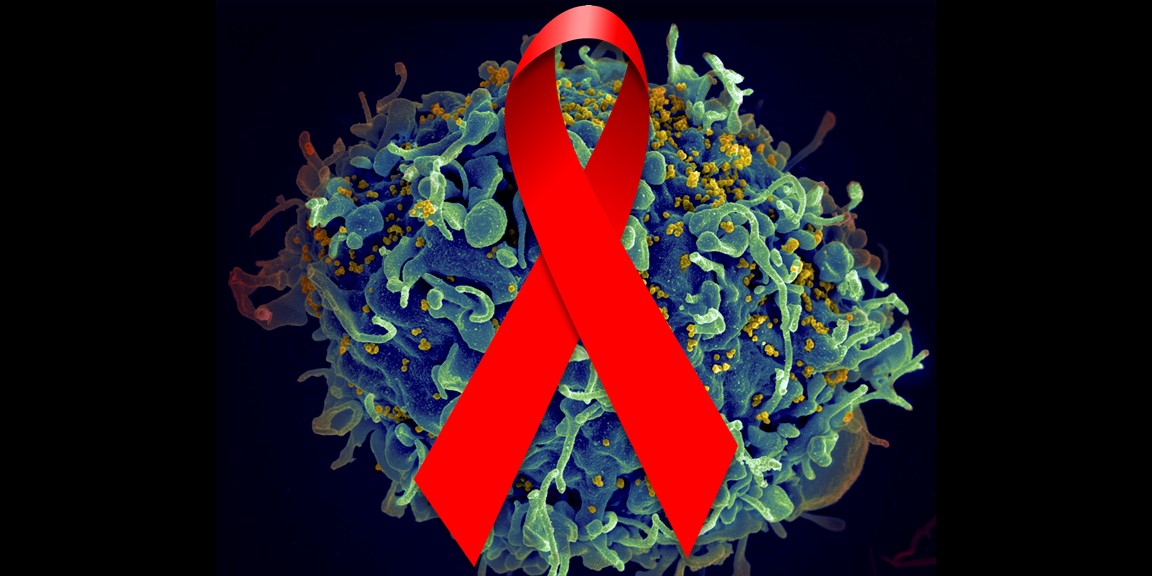Ketamine was first synthesised in 1962 and has had an interesting history both within the “legitimate” medical world, and more recently as a recreational drug of choice for many. Although referred ambiguously in media as a “tranquiliser”, ketamine is primarily known for its anaesthetic (including the relaxation of muscles and pain reduction) as well as hallucinogenic effects (consciousness altering, dissociation from self, the body and one’s environment).
Although ketamine has been used by veterinaries to operate on animals, it was also extensively used by the military (for example by the Americans in Vietnam), in pediatric treatments due to its safety profile for children, and by field doctors in traffic accidents where its dissociative effect was particularly useful to extract people from vehicles with minimal pain.
Sometimes referred to as a psychedelic, some of the first ketamine researchers in 1964 identified that people felt they were dreaming or floating in outer space when they used it. It was then classified as a “dissociative anaesthetic”, later being widely shared with Germany, Japan, Brazil and other nations in the late 60s and early 70s to test its effects. It is part of the “arylcyclohexylamine” family of dissociative hallucinogens, similar to PCP. More recently it has been explored as a treatment for depression in several countries.
Ketamine currently has two main variants in circulation: a more potent form named esketamine (sold as Spravato), and a less potent form as arketamine. The drug is usually in a crystalline powder (looking more like glass shards than totally powdery, which makes it easier to distinguish from amphetamines, MDMA or cocaine), and it is usually consumed orally, snorted, injected, although there are some reports of people smoking it.
The effective dose is around 70mg (with a range from 25mg – 100mg), with the average lethal dose at 2.7 grams. The duration of its effects is impacted by several consumption factors, notably the method of administration, amount used, and frequency of use. Usually when snorted, it can last 45-60 minutes, with after-effects felt for 1-3 hours.
As with many other powder-looking drugs, ketamine can be tainted with other substances, or even mis-sold as ketamine when it is something entirely different. However, it is thankfully less adulterated in general than MDMA is. The reasons for this are unclear: perhaps its relative abundance in the market as well as low price mean that there may be less incentives to adulterate its content. When ketamine is diverted from legal pharmaceutical sources, it contains no adulterants or additives.
Similarly to our piece on MDMA, we’ve explored here what are the typical adulterants that are included in ketamine, thanks to the effort of drug checking services across the world. We’ve added a full list of thanks at the end of this article, with links to the services if you wish to contact them.
Inert additives
Typical non-psychoactive additives include sodium bicarbonate and sugars like glucose, sucrose and mannitol. Other additives include:
- Methylsulfonylmethane (MSM), a compound naturally found in the human body, derived from your diet and intestinal bacterial metabolism. It is also used by some as a dietary supplement to increase amount of sulphur in the body.
- Inositol, a sugar that’s made in the body and can be taken as a supplement. This was found in many tested samples in the US, typically also found in cocaine.
- Monosodium glutamate (MSG), a flavour enhancer often used in canned food, instant noodles and other sauces and broths.
Psychoactive and pharmaceutical adulterants
Similar to other powder-looking drugs, ketamine has been found to be adulterated with caffeine and creatine, two cheaper bulking agents. In the UK, it was noted that many times creatine, MSM and MSG have been found to replace ketamine altogether, not adulterated; meaning people were really just buying supplements or flavourings rather than K.
Some frequently found substances include:
- Chloroquine, a medication used to prevent and treat malaria. It also became very famous during COVID-19, although clinical trials disputed its efficacy. Trump claimed it was highly effective, whilst some Brazilian patient taking chloroquine suffered from arrhythmia from its consumption.
- Chlorphenamine, an antihistamine medication to relieve allergy symptoms, was detected in Switzerland
- Lidocaine, an adulterant typically used in cocaine cuts, is a local anaesthetic, numbing the area where used (usually the nose if snorted).
- Levamisole, used to treat for bacterial infections and worm infestations. Very frequently found in cocaine supplies as a bulking agent, although detected in ketamine in the UK
Some testing services said that it was rare to find other psychoactive drugs in tested ketamine samples. While rare, other drugs from the same chemical compound family of ketamine (known as arylcyclohexylamines) could be detected, such as:
- 2-FDCK, first synthesised in 2013, is an anaesthetic from the same class of compounds as ketamine. It is considered a novel psychoactive substance with little information around its dosage, and is banned in UK, Belgium, Canada, Singapore, Japan and other countries.
- 3-MeO-PCP, a derivative of PCP first synthesised in 1979, first tested on humans in 1999 and available as a research chemical since 2009. It is much more active than ketamine in significantly smaller doses.
Unfortunately, fentanyl has also been detected in some samples in Latin America (specifically in Chile).
Ketamine is also found in “Tuci” (not to be confused with 2-CB), a mixture of drugs found across South America in the early 2010s but increasingly found now across Europe. Also known as “pink cocaine” due to added colouring, it usually contains a mixture of MDMA, ketamine and caffeine (as it usually has the powder of ecstasy pills mixed into it).
Chemical impurities
In the final stages of ketamine production, chemicals are heated with high-boiling point solvents to produce ketamine. It’s therefore possible to have residual chemicals left over in the ketamine.
One of these chemicals, ketamine precursor A, is frequently detected in tested ketamine, as DrugsData results show. A precursor is a chemical compound that is used to synthesise an intended drug: for ketamine, the precursor A is likely to be 1-(2-Chloro-N methylbenzimidoyl) cyclopentanol, which is legal in most countries (it has been tested in drug testing services across the world) but is easily converted into ketamine. Its presence in tests most likely means it was not all converted in the synthesis process. Its health effects are currently unclear.
Other ketamine precursors like sodium cyanide, a chemical used for fertiliser production or cyanide mining, have been detected in Hong Kong in 2017, used in local production.
Biological contaminants
There are not many biological contaminants of note for ketamine, perhaps because of its anti-microbial properties: interestingly, high doses of ketamine have been demonstrated to kill bacteria in laboratory settings.
However, the majority of contaminants would be picked up from ketamine’s transportation: sweat and microbes from handling can be expected, although not in large quantities. Plaster has also been found in some samples in the US, as a random bulking additive. Truly random!
So what can you do?
Ketamine is experiencing a relatively bountiful moment in Europe; its easy synthesis as well as ability to be diverted from legal sources make it a less adulterated drug than others. Particularly in England and Wales, ketamine was the third most used substance by young adults from 2019-20, after cannabis and cocaine, and more popular than ecstasy. There’s therefore a need to be aware of its effects and what could be in it, especially if you’re using it for the first time.
The best advice would be to:
- Start with a smaller dose, especially if it is a new batch from a new supplier, or you haven’t done it in a while.
- Finely crushing the ketamine crystals will help reduce any tearing in the nose, and also avoiding any accidental redoses with bits that may be stuck in your nose.
- Be very careful with mixing with other drugs, especially alcohol and amphetamines. Mixing with alcohol also lowers your threshold for a K-hole.
You can always buy drug testkits for ketamine to be double sure of what you’re using. Check out our ketamine harm reduction guide for more details on how to use it as safely as possible.
A huge thanks to Russell Newcombe (3D Research) for his insights for this piece, as well as Safer Party Switzerland, Echele Cabeza, Proyecto PAF!, Guy Jones from Reagent Tests UK, Chicago Recovery Alliance for their invaluable contributions with drug test results and data from their regions.


